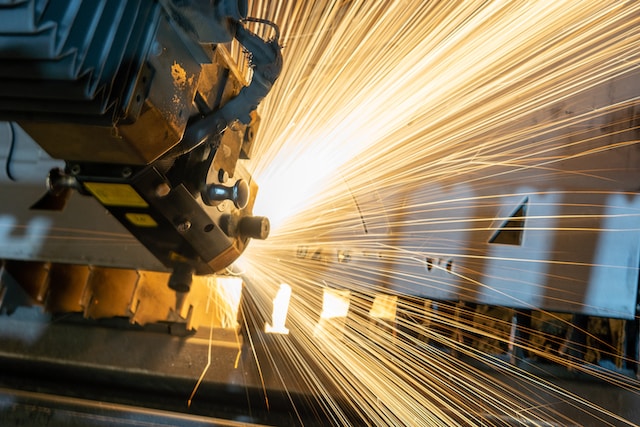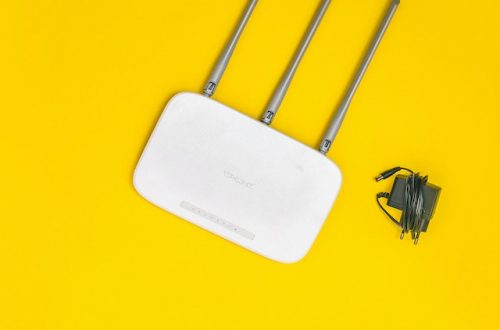
Benefits and Drawbacks of Injection Molding
Injection molding has many advantages, including great accuracy and repeatability, speed, and a wide choice of plastic materials. However, upfront costs for the tooling and equipment can be high. During the injection process, the raw plastic material in pellet form is melted under heat and pressure. It is then injected into the mold quickly, filling it.
Efficiency
The high precision and repeatability offered by injection molding, with speed, low cost per part, and a vast choice of available plastics, make it very efficient as a manufacturing process. Runners and sprues (the bits of plastic that escape the actual mold) are often recycled, which adds to efficiency. The extremely high pressure during the injection molding process allows excellent details to be incorporated into designs. It can reduce the overall size of a product which, in turn, lowers costs. The metal injection molding process uses debinding to separate the metallic particles from their organic binders. The result is a brown part with an interconnected pore structure. It is then subjected to sintering which removes the pore structure and converts it into an almost solid metal product. This step is vital for achieving the final part’s desired mechanical properties and strength.
Cost
The injection molding process is a great way to produce high-quality, robust parts. The process is highly repeatable, which allows for low labor costs and consistent quality. Unlike manufacturing processes like 3D printing or CNC machining, injection mold builders produce relatively few post-production scrap materials. Any scrap plastics, typically resulting from the trimming of sprue or runners, can be recycled by being placed into a plastic grinder (or regrind machine) and reground to be reused for future injection molding runs. The initial design and manufacture of the injection mold tooling is a significant cost. The possible high production volumes can offset it, resulting in meager per-unit production costs. It is especially true for huge products requiring substantial mold tools. Nevertheless, for smaller products that are in high demand, this can be an expensive up-front investment. Once the tool is made, though, production costs are meager.
Environmental Impact
The injection molding process involves using heat and pressure to inject molten material into a cavity in a mold. This method may generate a lot of pieces quickly and effectively. It also provides high-quality parts with a consistent appearance. Plastic injection molding has a low environmental impact compared to other manufacturing forms. Injection molding uses many materials, including recycled and biodegradable plastics.
Additionally, it reduces waste by allowing you to use a single tool for multiple production runs. Making a mold can be expensive initially. It makes it more financially viable for larger volumes of production. Moreover, the process can produce complex parts and has a good level of precision.
Flexibility
Due to the high pressure applied during injection molding, parts can be manufactured in various shapes and sizes. It also allows for detailed designs to be imprinted onto a part.
A wide selection of polymer resins can be used in this process. It includes all thermoplastics and some thermosetting plastics. Polymer resins, such as TPE on PP, can also be over-molded on each other. The injected material is then cooled down and ejected from the mold using an ejector system. The cycle time for a single injection molded part is concise, typically between 10 and 60 seconds.
The highly repeatable injection molding method may produce vast quantities of identical plastic and liquid silicone rubber items. It’s a good choice for large production runs. However, it is less suitable for smaller production runs, where other technologies, such as 3D printing, maybe a better option.





